Œil
- 20 Posts
- 31 Comments
Ah yes you’re right !
The problem with the Vigenère cypher is that you need to send two separate letters, right ? One with the key and the other with the encrypted text. Considering Dracula authorized Jonathan to send only three letters, he would have found it suspicious if he had sent two letters to the same correspondant. So Jonathan would have to hope that Mina would contact his boss by herself. And Dracula just gave Jonathan a few minutes to write his letters in front of him, so I don’t know…
For my personal use, I tried to buy a SFEA method but it’s almost impossible to find. The easiest method to find in France is apparently the Prévost-Delaunay method but it seems overcomplicated. I found this comparison on r/shorthand.

So now, just in case I encounter a vampire, I am willing to learn stenography.
I’ve started to compare all the methods, it’s a real headache : do I want to learn a quick method or a more complete one ? Do I like cabalistic symbols or the more rounded ones ? Can I find an old method easily, etc. ?
Damn you, Jonathan.
Which shorthand method do you think Jonathan and Mina might have used at the time ?
Merci pour l’info ! Je ne savais pas. J’imaginais que ça pouvait être dû aux énormes malles d’antan s’ouvrant de plein-pied, dans lesquelles on pouvait ranger des vêtements sur cintres…
I actually discovered this one while trying to read Watership down in English. Although it’s a children’s novel, I found it much more difficult to read than Dracula because of the nature-related lexical field.
Dent-de-lion is also used in italian (dente di leone), catalan (dent de lleó), spanish (diente de león), portuguese (dente-de-leão), en welsh (dant y llew), german (Löwenzahn), espéranto (leontodo), danish (løvetand), romanian (dintele leului), cornish, (dans-lew), norwegian (løvetann), and dutch (leeuwentand).
Dent-de-lion is more poetic than its common form “pissenlit” (piss in bed), used because of its diuretics properties. 😅
In France, I’ve never heard anyone use another term besides pissenlit. But, Wikipedia says that it’s sometimes called liondent, cramaillot in Franche-Comté, baraban in Saint-Étienne or cramias in Romandy (Suisse romande).
Apparemment, il y a bien une fédération d’Arts Martiaux Historiques Européens (AMHE) française.
Je connais très mal l’escrime, je ne savais pas pour l’escrime espagnol mais ça ne m’étonne pas vraiment. Du coup, je t’imagine un peu en Inigo Montoya dans Princess Bride (“Hello. My name is Inigo Montoya. You killed my father. Prepare to die.”) ou en Chat Potté (Puss in Boots).
Tu devrais apprécier cette curiosité : https://jlai.lu/post/16539347
@troglodyte_mignon@lemmy.world je me permets de te ping ici, pour l’étymologie de portmanteau (je sais que tu aimes bien ce genre de choses).
Aucun problème, tu peux écrire en français. Tu l’écris d’ailleurs très bien ! Ça ne me dérange pas pour l’absence d’accents, ça nous arrive parfois de ne pas les mettre (surtout quand on écrit vite sur smartphone).
Selon Wikipédia, cet usage du mot “portmanteau word” en anglais viendrait de Lewis Caroll. C’est un jeu de mot qu’il a inventé dans Through the Looking-Glass (1871).
Il utilise l’image d’une valise qui s’ouvre par le milieu et révèle deux compartiments : un seul mot suffit pour dire deux choses à la fois. À l’époque de Lewis Caroll, ce type de valise particulier s’appelait en anglais « portmanteau », ce qui explique l’expression anglaise « portmanteau word ».
Dans le roman De l’autre côté du miroir, au chapitre 6, le personnage Humpty Dumpty explique à Alice la signification du mot « slictueux » (« slithy » en anglais) qui apparaît au début du poème Jabberwocky :
« Well, “SLITHY” means “lithe and slimy.” “Lithe” is the same as “active.” You see it’s like a portmanteau—there are two meanings packed up into one word. »
En français, on dit mot-valise (a bag-word). Ça n’aurait d’ailleurs pas vraiment de sens pour nous de dire porte-manteau (coat rack).
Wikipedia :
The word portmanteau was introduced in this sense by Lewis Carroll in the book Through the Looking-Glass (1871), where Humpty Dumpty explains to Alice the coinage of unusual words used in “Jabberwocky”. Slithy means “slimy and lithe” and mimsy means “miserable and flimsy”. Humpty Dumpty explains to Alice the practice of combining words in various ways, comparing it to the then-common type of luggage, which opens into two equal parts.
In french, we use “mot-valise” (“bag-word”). It wouldn’t really make sense for us to say porte-manteau, as it means coat rack.
Pour l’expression “touché”, effectivement c’est une expression d’escrimeur et a le même sens métaphorique que pour les anglophones. Mais nous n’utilisons presque plus cette métaphore. Ça nous fait un peu penser au roman Les Trois Mousquetaires d’Alexandre Dumas et aux films de cape et d’épée. Par contre, on l’entend souvent prononcé par les anglophones !
As for the expression “touché” it has the same metaphorical meaning as it does for English speakers. But we hardly ever use this metaphor anymore. It reminds us a bit of the novel The Three Musketeers by Alexandre Dumas and swashbuckling films. On the other hand, we often hear it pronounced by English speakers ! Actually, some of us like to use it sometimes with the english accent cause it sounds posh.
Do you use foil, épée ou sabre ?
Porte-manteau is actually a french word, the association of the verb “porter” (to carry) and the noun “manteau” (coat) ;)
But, the way it is used here seems to mean “malle” in french, or bags, as you mentionned it. Like this :
It’s always funny, as a French person, to see old french words still used in English (like “touché”) or with another meaning (but it’s pretty much the same for us with English I think).
The Bayliss Rare Books in London sold last month, for £15.000, a letter by Bram Stoker written only a few weeks after Dracula was published in 1897.

My dear Williams, I send you Dracula & have honoured myself by writing your name in it. How is enclosed for high? Lord forgive me. I am quite shameless.
Yours ever,
Bram Stoker
https://www.theguardian.com/books/2025/apr/16/rare-letter-bram-stoker-early-thoughts-dracula
Thank you ! I’ll watch it.

 2·22 days ago
2·22 days agoCool ! Oui, c’est très pittoresque. Très ode aux petits plaisirs de la vie et au quotidien de Messieurs et Mesdames tout le monde (bien que tous et toutes un peu atypique quand même).
Ça t’a donné envie de la regarder en entier ?
Bon et les acteurs, notamment les principaux, Mackenzie Crooke et Toby Jones sont très bons (je crois que les deux avaient joué ensemble dans Pirates des Caraïbes à l’époque).
Oh, I didn’t know that. Last year, I started to listen the first episode of a four-part podcast on Vlad the Impaler, broadcast on a french public radio. The descriptions of the impalements were horrific, so I stopped. I should try again.
Here, it says :
In Europe, the confusion between two Wallachian lords spawned a monstrous creature, and Dracula is based on this hybrid being composed of the father, Vlad Dracul—“dragon,” “devil,” or “stake,” depending on whether one favors the Latin etymology (draco) or Old Slavonic (dr’kol); and the son, Vlad Tepes, known as the Impaler.
On the vampire myth, it also says :
We know from a reliable source, since Stoker explicitly mentions it in these preparatory notes, that he learned a lot about vampiric manifestations through the reports of Dom Augustin Calmet for Louis XVI on the subject of vampire contagions in Europe.
The vampire epidemics throughout history could in reality have been “porphyria”, a parasitic disease.
The symptoms of this disease truly echo the physical and psychological representations of the vampire: anemia, extreme pallor, hypersensitivity to daylight and noise, irritability, reddening of the gums, teeth, and whites of the eyes, thickening of the nails, and even a garlic allergy that triggers catalepsy!
Remedies include seclusion, nighttime outings, and blood ingestion or transfusion to alleviate the anemia.
Since people buried in a state of catalepsy were not truly dead, some of them managed to escape from their tombs, and the legend was born.
Not related to this chapter, but I was wondering why Count Dracula can move like a lizard. Is this common in vampire legends ? I know that St. George’s day has different meanings in different countries (in Romania : the famous dance of vampires and demons). But could this be in any way related to the St George folklore as popularized by Jacques de Voragine in La Légende Dorée (Golden Legend), 1249-1266, where St. George slays a dragon terrorizing the city of Silenus in Libya ? This scene has been painted by many artists throughout history. For Christians, it symbolizes the deliverance of the Church, oppressed by paganism.
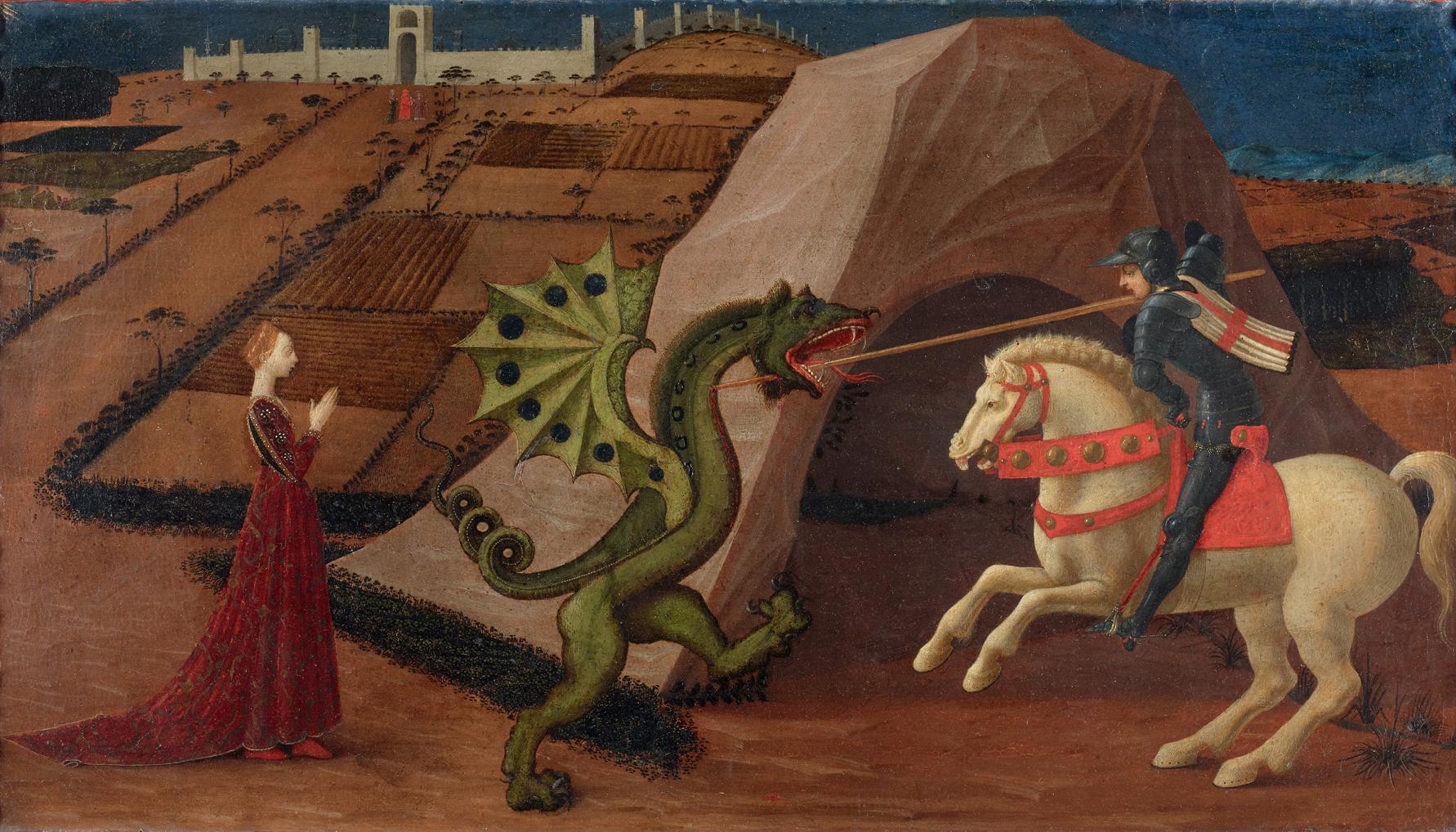
Saint George and the dragon
Paolo Uccello (1397 - 1475)
1430-35, painted wood panel, 131 x 103 cm
I was quite confused as this passage, so I read it in my native language (french), then searched for a traduction in french of “Omnia Romæ venalia sunt”. I found :
- tous les Romains sont vénaux [ou corrompus] (all Romans are venal [or corrupt])
- l’Enfer a son prix, la connaissance aussi (Hell has its price, knowledge too)
And sapere, in latin, could mean : to be intelligent, wise / to know his matter, to understand, etc.
So, I would say that, in this context “hell has its price, knowledge too” would be the better interpretation. And, that "under what circumstances would I not avoid the pit of hell ? " is just a rhetorical question to the comparison/metaphor he just wrote the line before “which I avoid with the patients as I would the mouth of hell”.
And, a foreshadow, unbeknownst to him, of what is to follow.
Ps : I hope I was clear, I’m not used to writing in english.

 1·26 days ago
1·26 days agoRaaaaaah ! Résistante à l’agression publicitaire (bon je sais c’est pas exactement le même sujet, mais ça se rejoint pas mal quand même).
I know no more than the dead where even to look for them.
Is this a common English expression ? I found this quite funny since Count Dracula is undead, and certainly does know more than him.
I can’t help but imagine Jonathan Harker as Nicholas Hoult. I know some critics didn’t appreciate his acting in Nosferatu, but I found him perfect as the naïve, pretty-faced, fiancé.

 1·1 month ago
1·1 month agoThank you ! To make the cover, I did not use a cardboard but A4 160 ou 180g/m2 drawing paper (Canson à Grain). I cut it in half and covered each part : one with japanese washi paper (the one with waves) and the other with canvas.

I prepared my signatures with sheets of smooth writing paper. Then, I sew them on one side of cover, on the “ribbon” parts (like on a “cousoir”). Then, all you need to do is to glue the other side. The only “tricky” part is measuring the thickness of the fabric you’ll be using for your cover, and deducting a few millimeters from the “ribbons” of your carboard.
But, you can also make it much more simple, like using a A4 180g/m2 paper, paint it (with watercolor or something else) on one side or the other of your paper, and cutting it in half without covering it.
@Libb@jlai.lu, if you like japanese paper, I recommend you Misaki Iinuma shop : https://www.misakiiinuma.com/ She’s japanese and travel to Japan each year to select papers. She’s fun and her tiny shop is near L’Écritoire and la Maison de la Poésie ;)




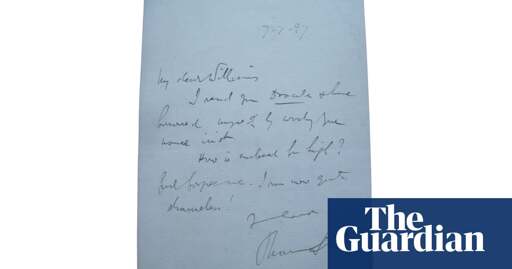

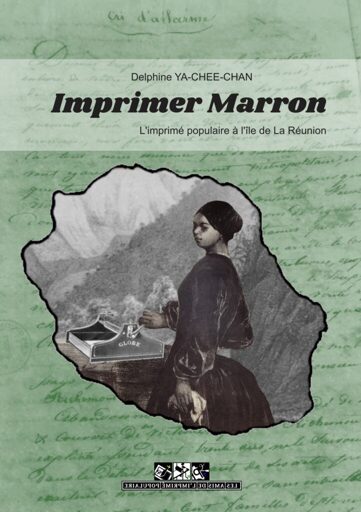
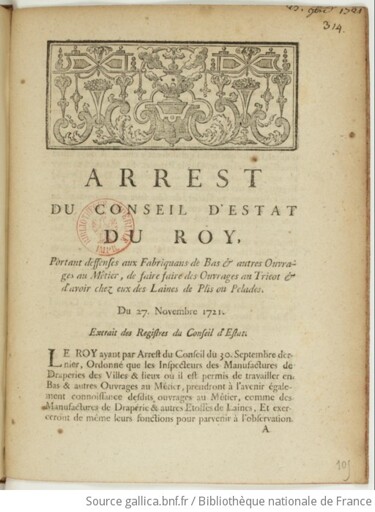



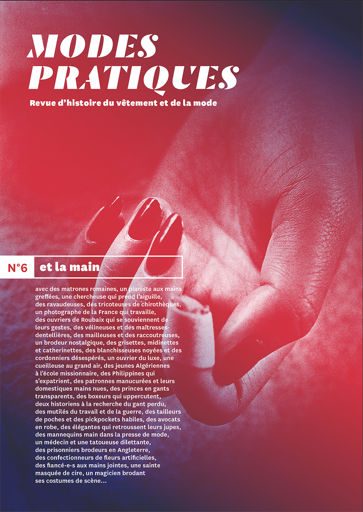
J’avais pas reçu ce ping !
Il est mignon.